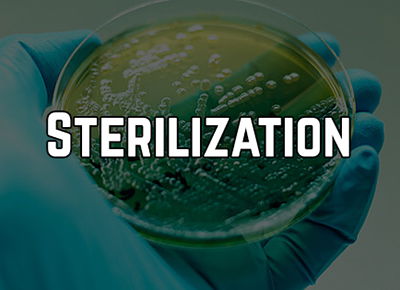STEP-BY-STEP PROCESS FOR SUCCESSFUL STERILITY FAILURE INVESTIGATIONS
🎤 Danielle DeLucy | 📅 Recording Available | 🕒 75 Minutes
  | Areas Covered in the Session : This course will describe the actions that should be taken when a sterility test failure occurs. What happens when a suspect microbial result is reported? What does it look like, and how should you react? This webinar will review when it is appropriate to investigate a result that may seem “out of the ordinary.” By attending this interactive session, you will learn:
|
Description:
There are many different types of microbial contamination that can occur in pharmaceutical manufacturing. Some of the sources include: water, raw materials, excipients, in-process materials and samples, the manufacturing process, the product itself, and the general manufacturing environment. As such, there is no one size fits all investigation.
Microbiological testing covers a wide range of products, processes and environments, therefore representative samples from each of these categories forms the basis of what gets investigated. The role of QC Microbiology in the identification and investigation of various results from manufacturing areas and finished product testing is extremely important.
One of the important elements of the investigation is to decide which failing result comes from the appropriate category: product, process or environment. Once you determine where the failure has occurred, the investigation begins into finding out why it failed and how to correct it.
Who Should Attend:
- Quality Assurance Departments
- Quality Control Departments
- Manufacturing Departments
- Facilities & Engineering Departments
- Chemistry & Microbiology Departments
